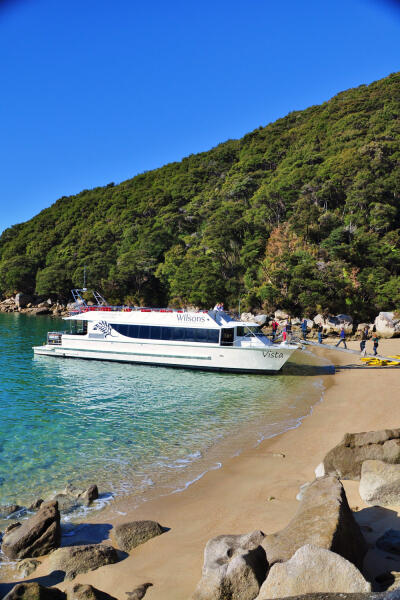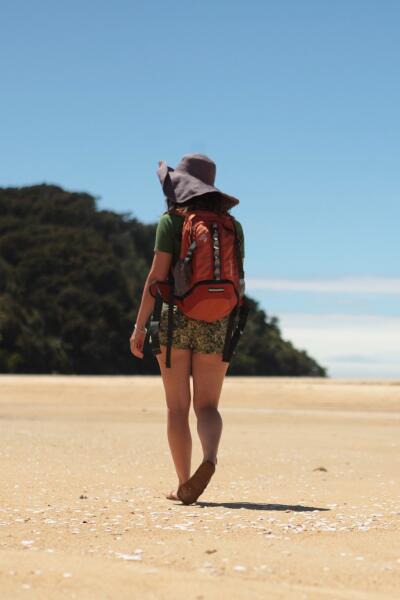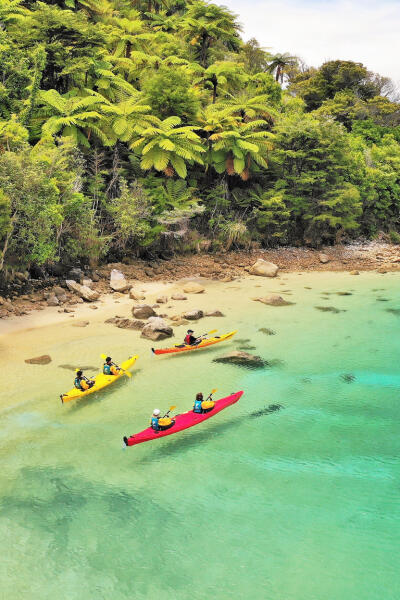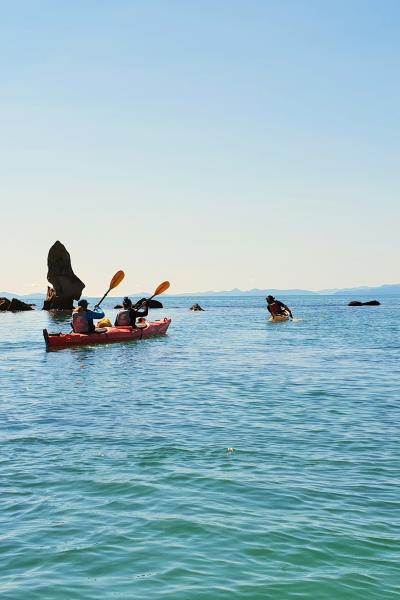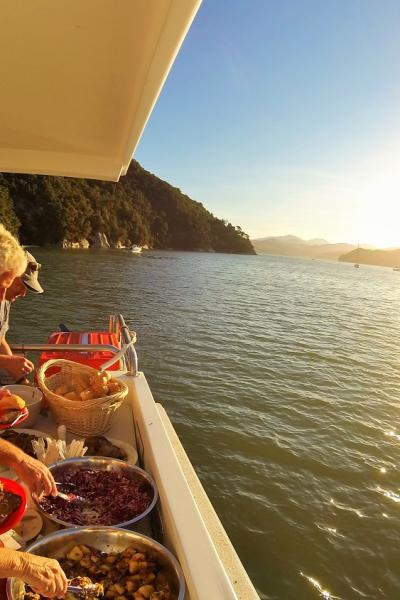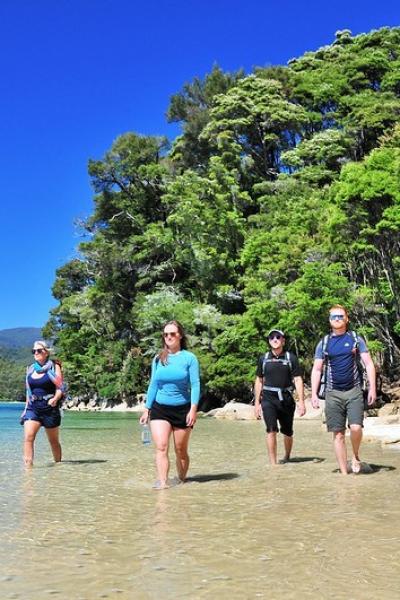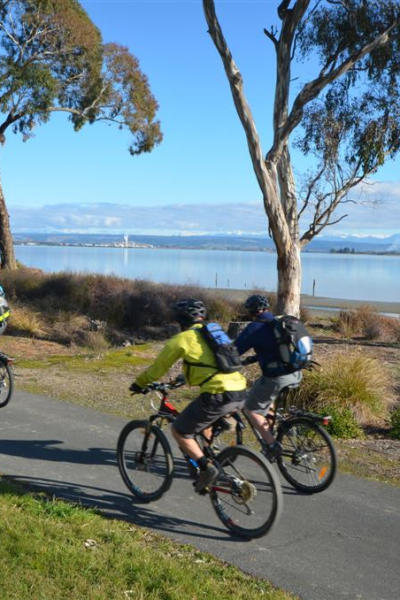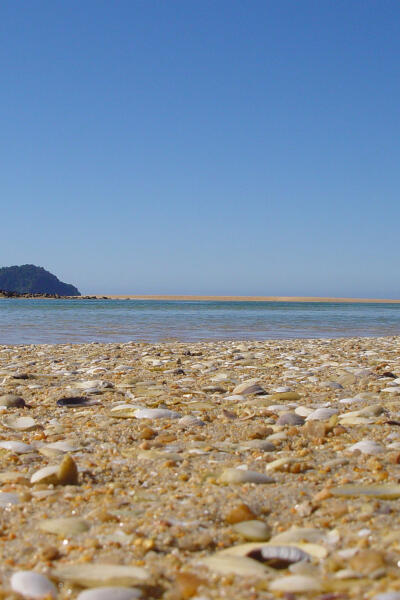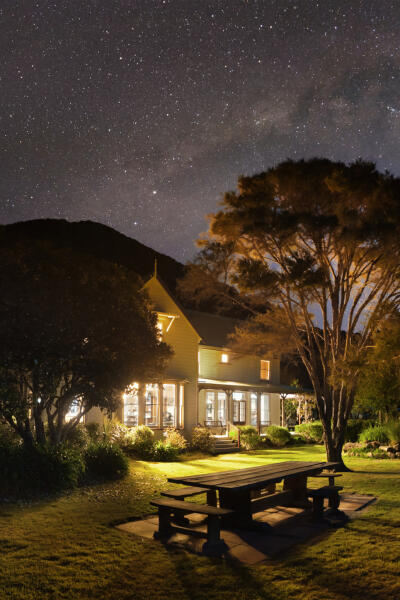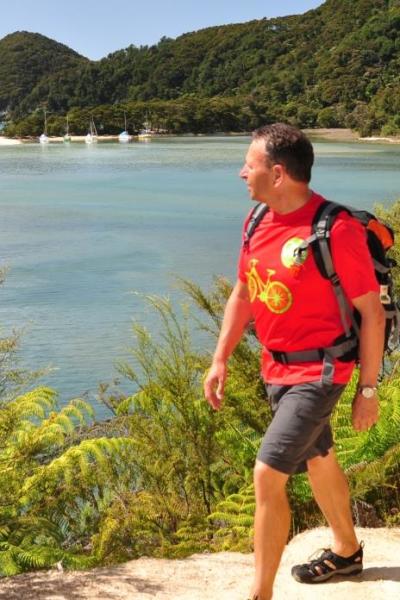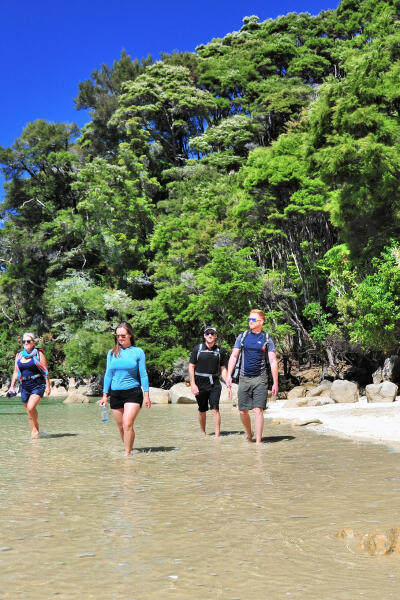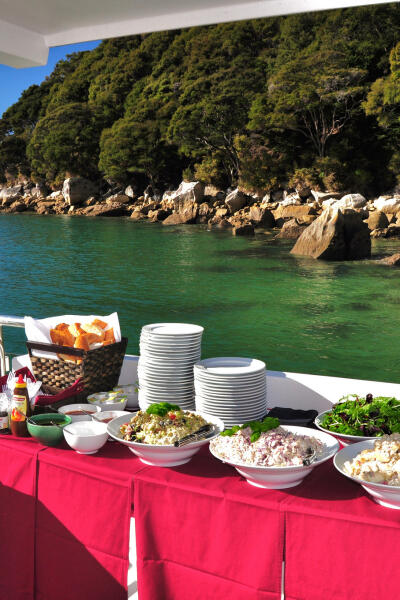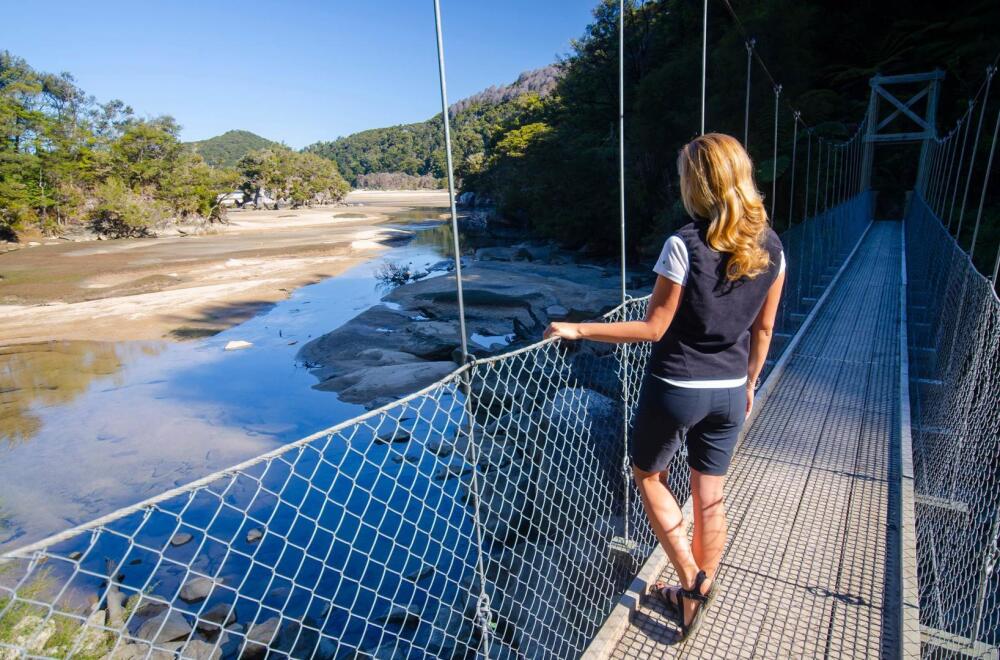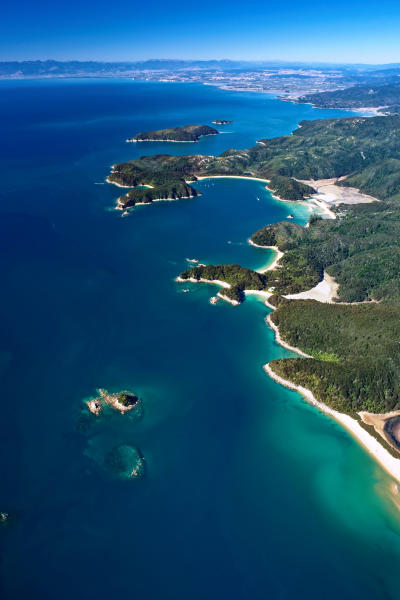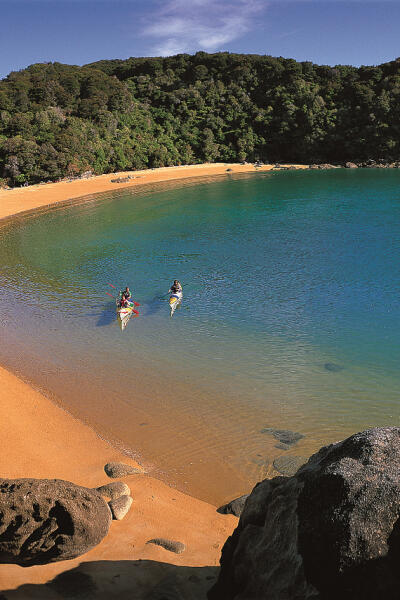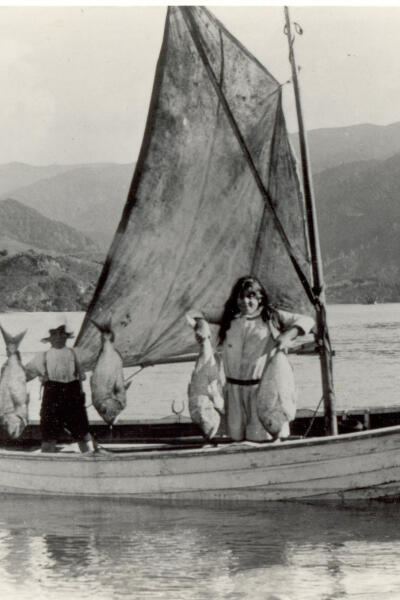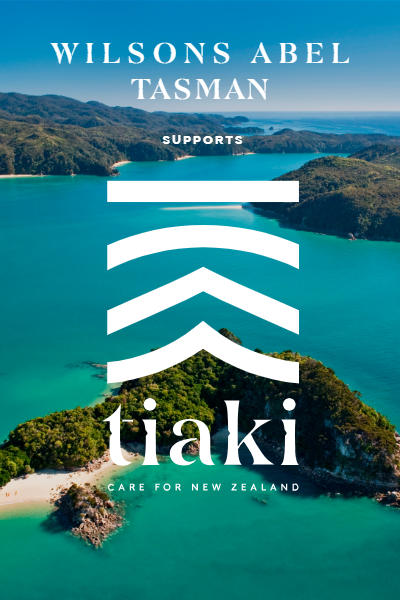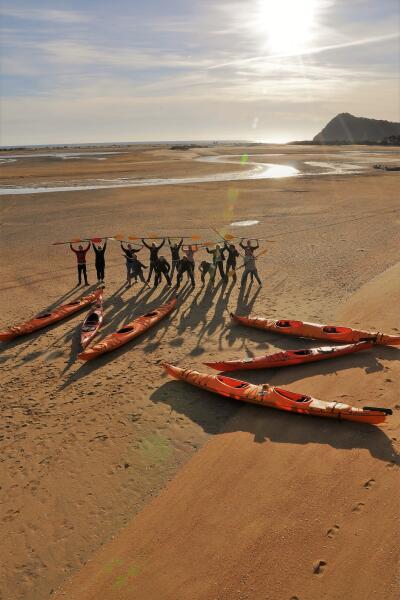The Abel Tasman Voyager is the flagship for Wilsons Abel Tasman's win in the 2010 New Zealand Tourism Awards, Innovating for Success.
She is the result of the Wilson family's 30-year search for the ideal vessel to provide convenience and comfort for a passenger service in the delicate and challenging environment along the edge of Abel Tasman National Park.
This coast has traditionally been a haven of mixed blessings for boats since the French explorer, Dumont D’Urville, first anchored in the lee of Adele Island in 1827, choosing the only safe anchorage he could find where his boat could float at low tide.
The topography at the top of the South Island protects the National Park coast from most marine weather. However large, shallow tidal estuaries and resistant granite reefs together with the highest tidal range in the country (up to 4.8 metres) make for tricky beach landings. Historically, hardy seafarers and farmers timed their lives around the tides.
Today, visitors are not prepared to wait for the tides. The problem of providing fast, safe comfortable transport with minimal impact on the delicate coastal environment, together with the economics of unstable fuel prices and high maintenance costs from the effects of abrasive sand on equipment have always been a problem for tourism operators in the Park.
After 4 years of planning, and searching the world for the right hull form to meet the expectations of the modern traveller at an affordable price, the Wilson family found what they were looking for right here in New Zealand. Designed by Catamarans International, Auckland, the hull was developed for America’s Cup challenger support vessels. The Voyager’s sister ship, Regardless, was the committee boat for the 2012 America’s Cup world series.
The latest research and technologies went into creating this hull with exceptional stability and fuel efficiency. The shallow draft, essential for navigating the shallow estuaries of the Abel Tasman coast, was a co-incidental bonus resulting from the requirements for economy and comfortable sailing in a range of weather conditions. The Kevlar/fibreglass/ foam composite hull requires less maintenance and its low weight requires less fuel at speed. Passengers notice the quiet, comfortable ride provided by the noise absorption strength and stability of the composite hull.
As the mould was already built, a new hull was produced in less than 3 months. Specially designed decks were added to feature the best available quality fittings. The front loading ramp system is based on the Wilson’s previous designs for their vessels.
The Voyager was originally powered by two Environmental Protection Agency Tier 2 classified, 400 hp Cummins diesel engines, giving her a maximum speed of 20 knots. In 2014, the Wilson family were the first innovators in New Zealand to install Hyundai L-500 engines supplying more power with less noise and greater fuel efficiency.
Hyundai are using The Voyager as the flagship for the success of their L-500 engine. Watch the video for more technical details about the engine.
The Abel Tasman Voyager Specifications
- Length: 22 metres.
- Capacity: 140 passengers.
- Kevlar/fibreglass/foam composite hull provides strength and stability with reduced weight and wash, resulting in better fuel economy and environmental impact.
- Hyundai L-500, 12.7 litre engines provide 500hp@1800rpm. Speeds up to 25 knots (45 kph) allow for three sailings per day.
- Two decks - lower covered deck and open viewing deck.
- Quality fit-out: cruise and dine seating on upper and lower decks provides extra room for day passengers and is suited to special functions.
- Bow loading ramps for comfortable transfers with less impact on shallow tidal beaches.
- New inverter/battery technology removes need for separate generator.
100% designed and built in New Zealand:
- Designed by Chris Moors of Catamarans International, Auckland.
- Built by Northern Contract Boatbuilders, Whangarei.
- Finished at Salthouse Boat Builders (Greenhithe) and Dixon Marine (Nelson)
- Ongoing maintenance at Port Motueka Marine Services (Motueka).
